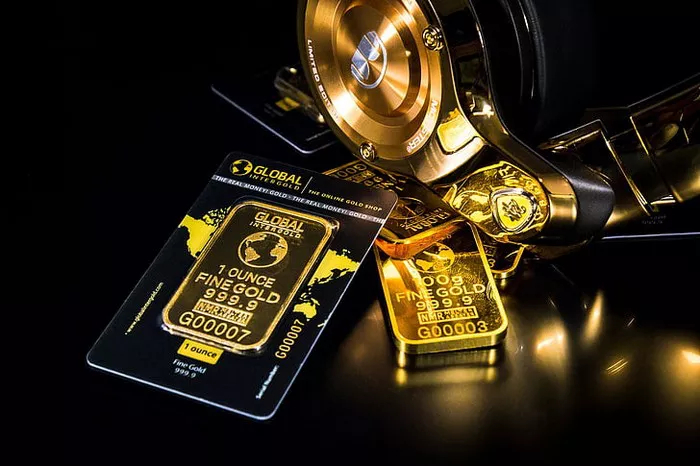Gold futures are one of the most common types of futures contracts traded on exchanges around the world. They allow investors to speculate on the future price of gold, providing a means of hedging against price fluctuations and a way to profit from changes in the market. In this article, we’ll take a closer look at how gold futures work and what factors can impact their prices.
What Are Gold Futures?
A futures contract is an agreement between two parties to buy or sell an asset at a pre-determined price and date in the future. Gold futures are contracts that specify the delivery of a set amount of gold bullion at a specific time in the future. These contracts are traded on commodity exchanges, such as the Chicago Mercantile Exchange (CME), and are standardized in terms of size and delivery date.
For example, a standard gold futures contract at the CME represents 100 troy ounces of gold and is priced in U.S. dollars. The delivery months for these contracts are February, April, June, August, October, and December. Traders can buy or sell these contracts at any time before the delivery date, with the price determined by market supply and demand.
How Do Gold Futures Work?
To understand how gold futures work, it’s important to know that they are financial instruments designed for investors who want to trade gold without physically holding the metal. When you buy a gold futures contract, you’re essentially making a bet that the price of gold will rise in the future. If the price goes up, you can sell your futures contract for a profit. If the price goes down, you’ll lose money.
When trading gold futures, there are two main positions you can take: long or short. A long position means you’re buying gold futures in the hope that the price will rise. A short position means you’re selling gold futures in the hope that the price will fall. Both types of positions come with their own risks and rewards.
For example, let’s say you’re bullish on gold and want to buy a gold futures contract. You might enter into a long position for a February delivery date at $1,800 per ounce. If the price of gold rises to $1,900 per ounce by the delivery date, you’ll make a profit of $100 per ounce. However, if the price falls to $1,700 per ounce, you’ll lose $100 per ounce.
Similarly, if you’re bearish on gold and want to sell a gold futures contract, you might enter into a short position for a June delivery date at $1,750 per ounce. If the price falls to $1,650 per ounce by the delivery date, you’ll make a profit of $100 per ounce. However, if the price rises to $1,850 per ounce, you’ll lose $100 per ounce.
Factors That Impact Gold Futures Prices
The price of gold futures is impacted by a variety of factors, including supply and demand, geopolitical events, and economic data. Here are some of the main factors that can impact gold futures prices:
- Supply and Demand:
Like any other commodity, the price of gold is influenced by supply and demand. If there’s more demand than supply, the price will rise. Conversely, if there’s more supply than demand, the price will fall. This is why it’s important to keep an eye on global gold production, as well as any changes in demand from key buyers like central banks and jewelry makers.
- Geopolitical Events:
Gold is often seen as a safe-haven asset during times of political or economic uncertainty. This means that events like wars, terrorist attacks, and elections can have a significant impact on gold futures prices. For example, the price of gold spiked after the 9/11 attacks, as investors sought a safe place to park their money.
- Economic Data:
The price of gold is also influenced by economic data, such as inflation rates, interest rates, and GDP growth. When inflation rises, the price of gold tends to rise as well, as investors look for a hedge against inflation. Similarly, when interest rates are low, gold becomes a more attractive investment option, as it doesn’t yield any interest.
- Currency Exchange Rates:
Since gold is priced in U.S. dollars, changes in currency exchange rates can impact its price. When the value of the dollar falls, the price of gold tends to rise, as it becomes cheaper for buyers using other currencies. Conversely, when the value of the dollar rises, the price of gold tends to fall.
Conclusion
Gold futures provide investors with a way to speculate on the future price of gold, without physically holding the metal. By taking long or short positions on these contracts, traders can profit from changes in the market. However, it’s important to remember that trading gold futures comes with risks, and prices can be impacted by a variety of factors. As with any investment, it’s important to do your research and understand the potential risks before investing in gold futures.


